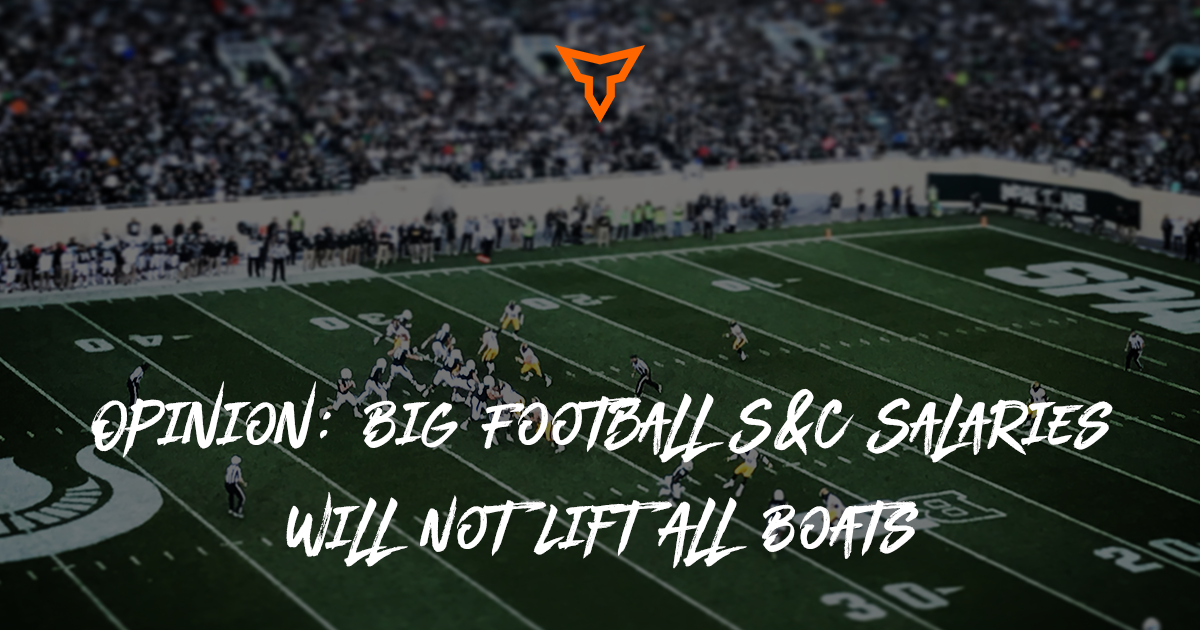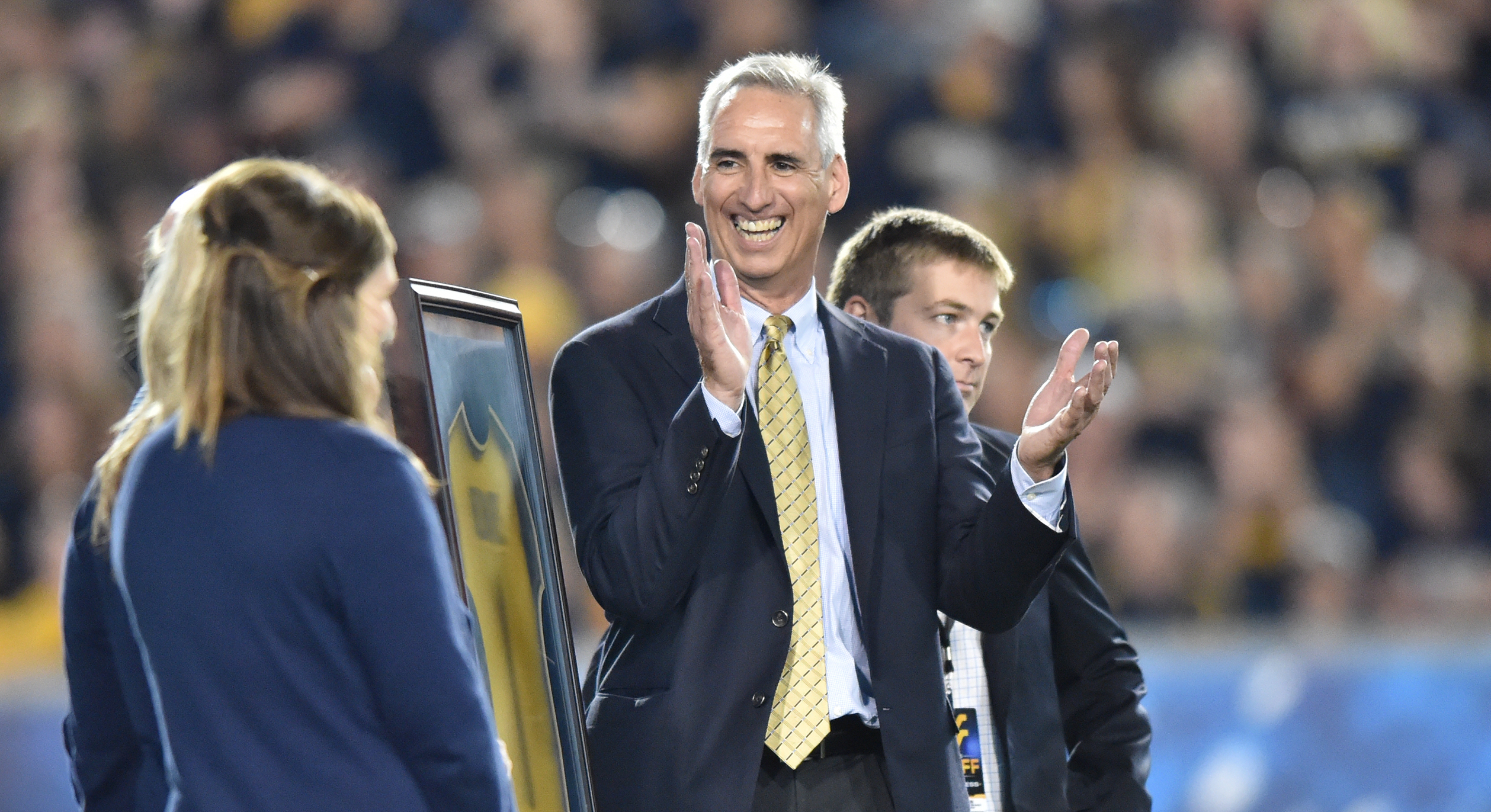11 Tips for Returning to Training from a Power 5 Coach
How Do We Return To Training During the COVID-19 Pandemic?
Note: Please understand that this blog entry is solely my opinion and does not reflect what my employer or any other institution may or may not be doing.
There have been a lot of questions in regards to having athletes return to training during the COVID-19 Pandemic. Regardless of where you are in the country, a certain amount of precaution will have to be made and we must always remember that the safety and well-being of our student-athletes is of the utmost importance. Here are 11 steps that can be taken to make that happen:
#1. Get athletes to campus 7-10 days prior to when training starts.
This will allow the kids to self-quarantine and assess whether they may have symptoms or not. If a student-athlete identifies symptoms during the proposed self-quarantine period they should be sent directly to a health care provider for further testing.
#2. Test all athletes and sports staff for COVID-19
All student-athletes who wish to return to the training facility should be tested for COVID-19. Now I know this can be expensive, but I believe this is a step that should be taken to assure the health and well-being of the student-athletes, but the S&C staff as well.
#3. Daily symptom check
All student-athletes and coaches will need to feel out a daily symptom check sheet. This can built out in TeamBuildr on your own or you can download their COVID-19 Pre-Screen Questionnaire right into your account.
#4. Mandatory temperature checks at the door
Anyone wishing to enter the training facility should have their temperature taken at the door as well as be given hand sanitizer prior to entering. Anyone with a fever will not be allowed to train or enter the building and will be advised to self-quarantine until further assessments are made.
#5. Mask ON
Masks must be worn at all times while inside the training facility.
#6. Social distance training
Training sessions will be limited to size to allow for proper social distancing. This will be dependent on the amount of work stations your facility has. Athletes should be kept at one per rack to allow for as little crossover as possible. Equipment sharing should very limited if any and coaches should keep the training session isolated to the individual station as best they can.

#7. Separate entrances and exits at the training facility
If possible, create a separate entrance and exit at the training facility to keep coming in contact with other student-athletes and coaches to a minimum.
#8. Mandatory 30 minutes between training sessions
Coaches should have a minimum of 30 minutes between training sessions to allow for proper cleaning and sanitization of the facility and equipment prior to a new group of student-athletes coming into the facility.
#9. All common areas will be off-limits
For the foreseeable future, all common areas such as locker rooms and showers should be off-limits to student-athletes and staff.
#10. Spotting should only be done when necessary
Make sure the student-athletes are aware when others are lifting and to only spot when needed to keep contact at a minimum.
#11. Post all proper signage
Make sure there is proper signage posted throughout the facility reminding the student-athletes and staff to maintain proper social distancing and to wash their hands/use hand sanitizer, etc.
The biggest thing that we must remember is to keep these kids safe. We can at no time make training mandatory or make a student-athlete feel bad for not wanting to come and train with us at the facility. We as coaches must make sure that we give all of our student-athletes the resources they need if they choose to stay home and train on their own.
As far as the athletes who choose to come back and train, we must make sure that proper return to training protocols are in place. These athletes have had little or no consistency in training during the course of this pandemic. It is vital that we not only assure them that they will have a sanitary and safe environment to train in, but we must also be able to assure parents and administrators that their kids will be physically safe as well.
As long as policies and procedures are followed athletes should be able to come back to their facilities safely and be able to prepare for their upcoming athletic seasons.
Subscribe to our blog
Subscribe to receive the latest blog posts to your inbox every week.
Related posts

Opinion: Big Football S&C Salaries Will Not Lift All Boats

7 Athletic Directors Discuss Their Strength Program



